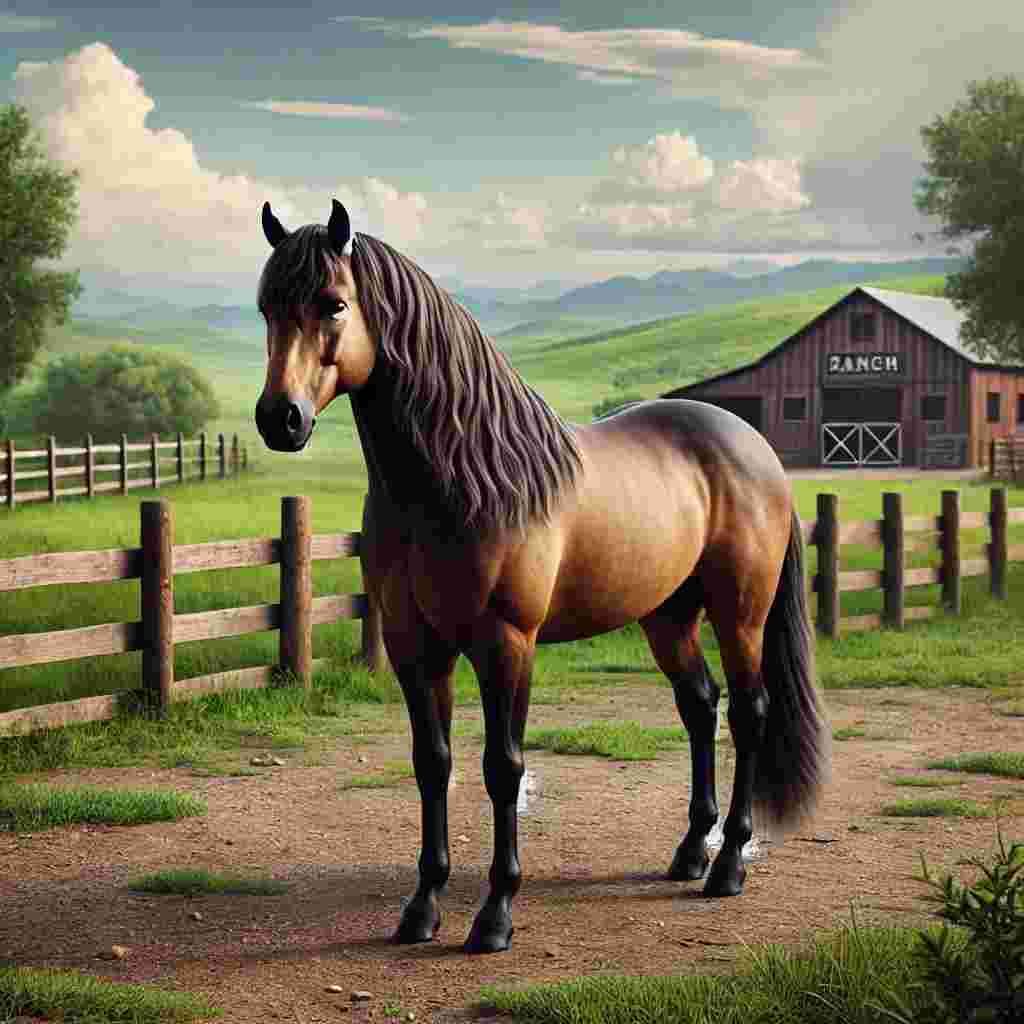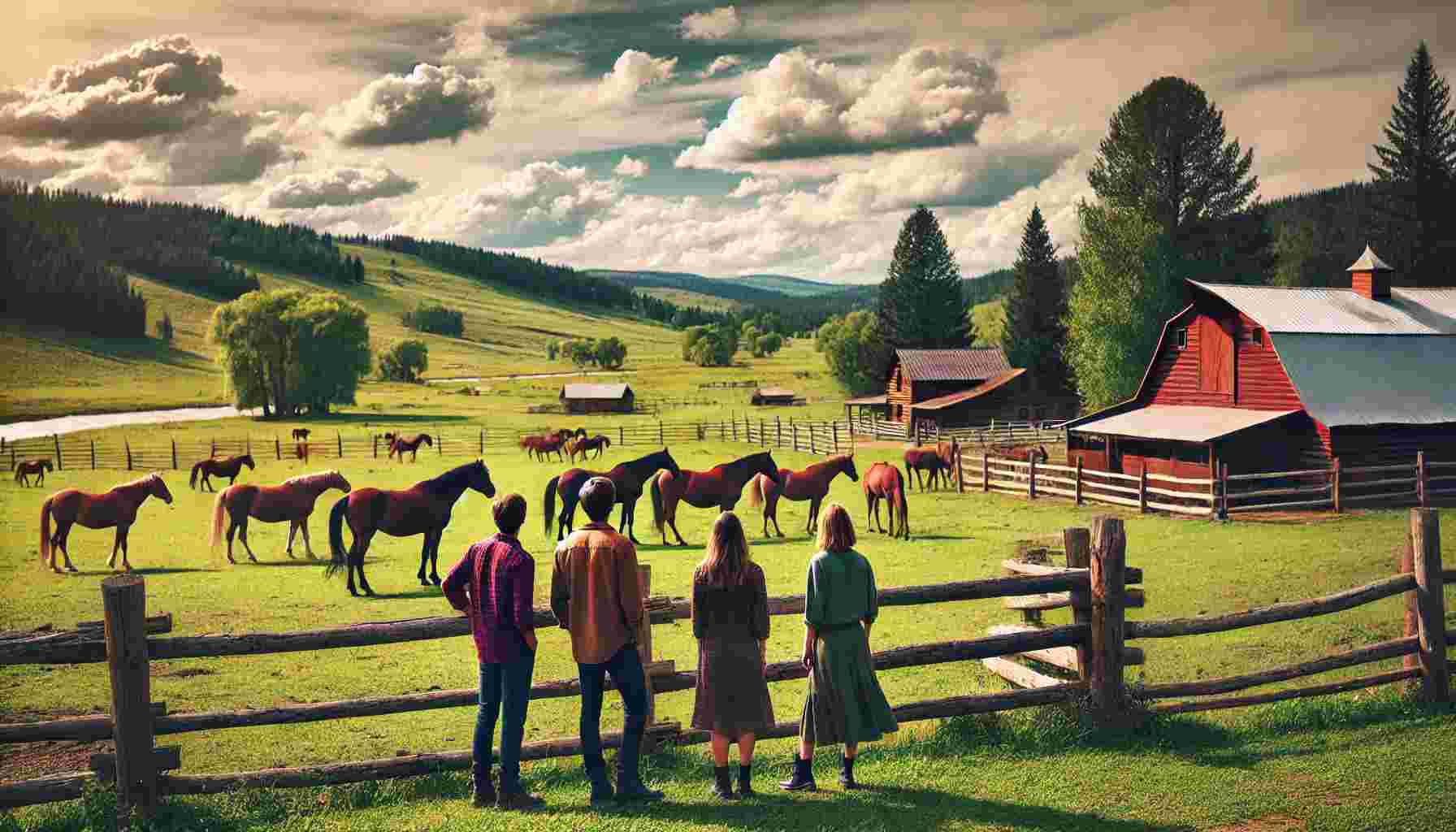Choosing the right horse is crucial for beginners entering the world of horseback riding. The ideal horse should offer a balance of temperament, training, and compatibility with the rider’s skill level, ensuring a safe, enjoyable, and confidence-building experience. Here’s everything you need to know to make an informed decision when selecting your first horse.
1. Understanding Your Riding Goals
Before selecting a horse, it’s essential to identify your riding goals, as these will influence the type of horse best suited to your needs.
Beginners should consider if they’re interested in trail riding, dressage, jumping, or simply leisure riding. Each discipline has unique demands, and horses are often trained specifically for these purposes. For example, if you are mainly interested in trail riding, look for a horse with a calm temperament and stamina suited to longer rides.
For beginners, it’s advisable to select a horse that can offer versatility. The more experiences a horse has across various riding styles, the better equipped it will be to handle new situations.
2. Temperament Over Appearance
Many beginners might be tempted to choose a horse based on appearance. However, temperament is far more critical.
Look for a horse with a calm, patient temperament, as they are generally more forgiving of beginner mistakes. Horses with a “bombproof” temperament are ideal, meaning they’re less likely to spook at unfamiliar sights or sounds.
Temperament is also key for riders learning new skills; a steady and calm horse can help build confidence. Hot-blooded breeds, like Thoroughbreds, can be energetic and challenging, while cold-blooded horses, like Clydesdales, are generally calm but might not suit all riding purposes. Warmbloods are a versatile option, as they often strike a balance between calmness and athleticism, making them a solid choice for beginners interested in multiple riding styles.
3. Age Matters – Opt for a Middle-Aged Horse
Young horses can be unpredictable, and older horses may have health issues, making middle-aged horses the best choice for beginners.
Horses between the ages of 8 and 15 often have the right mix of maturity and experience, making them ideal for new riders. A younger horse (under 8 years old) may still be learning, while a horse over 15 might experience age-related health issues. A middle-aged horse with prior training in beginner riding is often calmer and more predictable.
Additionally, these horses are likely to have experience in various scenarios, reducing their reactivity to new stimuli. They can provide a reliable learning platform for beginners, allowing riders to focus more on improving their skills rather than managing unpredictable behaviors.

4. Size and Strength of the Horse
Matching a horse’s size with that of the rider is essential for comfort and control.
Generally, a rider’s weight should not exceed 20% of the horse’s weight to avoid health issues for the horse. Horses with a broader build, like Quarter Horses, can handle more weight comfortably, while some lighter breeds may not be suitable for heavier riders. It’s also essential to consider the rider’s height. A taller rider might feel more secure on a horse with a larger frame, while smaller riders may prefer a smaller, more manageable horse.
Assessing size compatibility ensures better balance, easier control, and a more comfortable experience for both horse and rider.
5. Training and Experience Level of the Horse
A beginner should ideally choose a horse with ample training and experience.
A well-trained horse understands commands and has learned to handle various situations calmly. Such horses are often referred to as “schoolmasters,” as they can patiently teach riders the fundamentals of riding. Horses with more training are often better at understanding cues, making it easier for beginners to communicate with them.
Avoid “green” horses (young or untrained), as they can be unpredictable and require a more experienced hand to train. Horses trained in groundwork and general obedience offer a smoother transition into riding and allow beginners to focus on improving their riding skills without managing training needs.
6. Health and Soundness of the Horse
Conducting a health examination before purchasing a horse is essential to prevent unexpected expenses or limitations.
Schedule a pre-purchase vet check with an equine veterinarian. The vet will check the horse’s general health, legs, hooves, and dental condition, as these are common areas of concern. Horses with leg or hoof issues may be limited in the types of activities they can safely perform, which can be a significant drawback for a beginner looking to gain riding experience across various activities.
Soundness – a term used to describe a horse’s overall physical health and ability to work – is crucial. Some issues, like arthritis, may not be apparent without a veterinary check-up, making a pre-purchase exam invaluable for assessing a horse’s future usability and potential costs.

7. Gelding, Mare, or Stallion?
For beginners, the gender of the horse – particularly between geldings and mares – can make a difference in manageability.
Geldings, which are castrated males, are often recommended for beginners as they tend to be more predictable and even-tempered. Mares can be equally suitable but may experience mood changes during certain seasons, which might impact their behavior.
Stallions are rarely recommended for beginners due to their often strong personalities and tendency to be more dominant. They require experienced handling and can be difficult for a new rider to control.
8. Availability of Support and Training Resources
Having access to support and guidance can make the transition to horse ownership smoother and more enjoyable.
Working with an experienced trainer can greatly benefit beginners by providing guidance on handling, riding, and understanding the needs of a horse. If the horse is kept at a boarding facility, ensure there is staff available to help with care, especially in the beginning. The right support system can make a significant difference in ensuring both the rider and horse adjust well to their new partnership.
Moreover, some facilities offer leasing options, where beginners can ride a trained horse to build experience without the full commitment of ownership. This can be an excellent option for beginners still assessing their long-term interest in riding.
9. Consider the Financial and Time Commitment
Owning a horse involves ongoing expenses, including food, veterinary care, and equipment.
The costs extend beyond the initial purchase price and include regular veterinary visits, farrier services, feed, stable upkeep, and other maintenance needs. Beginners should evaluate their financial and time capabilities before committing to ownership.
Alternatives like leasing or partial ownership can reduce the commitment and offer a more gradual introduction to the world of horse ownership, making them ideal for those new to the equestrian world.
10. Trust Your Instincts and Take Your Time
Finally, choosing a horse should not be rushed. Take time to observe, ride, and interact with the horse before making a decision.
Spending time with a potential horse allows you to observe its behavior and comfort level with different people and situations. Take note of how responsive and calm the horse is and if you feel safe and comfortable with it. Trusting your instincts and building a connection are important, as they set the foundation for a successful partnership.
Choosing the right horse as a beginner involves understanding your goals, prioritizing temperament and training, ensuring physical compatibility, and considering financial and time commitments. A suitable horse not only provides a foundation for learning but also encourages a safe and enjoyable riding experience. Take the time to make an informed decision, and you’ll set yourself up for success in your equestrian journey.
By following these guidelines, beginners can make a confident choice that aligns with their goals and resources, paving the way for a rewarding equestrian experience.

